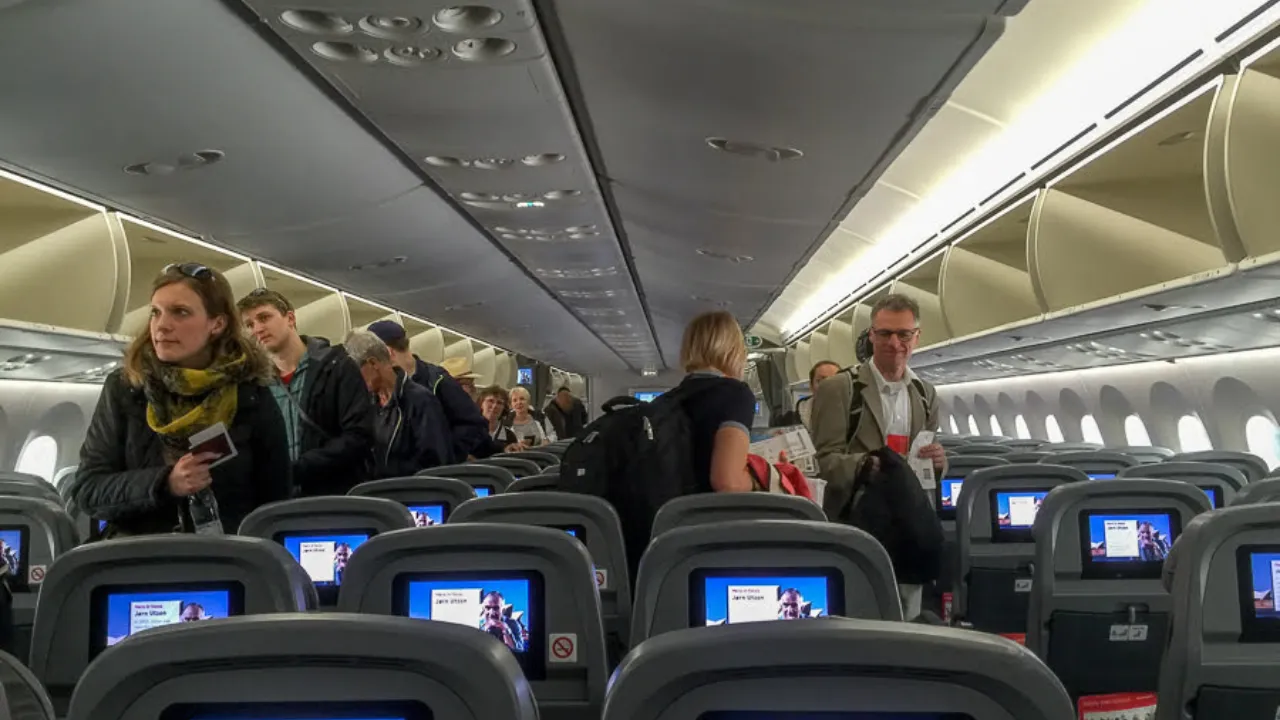This is a recurring question that we often ask ourselves before taking a plane. What is or is not allowed to take with you in the cabin and/or hold? Especially when it comes to “special” objects like these twenty for which we give you some answers here.
Food and other solid food: authorized in the cabin and in the hold. Which does not mean, however, that in terms of customs regulations everything is authorized depending on the destination (hence the risk of confiscation during checks).
Baby food: authorized in the cabin (and in the hold) subject to a quantity corresponding to the journey and the presence of the baby as a passenger.
Pets : as with sports equipment, regulations vary greatly depending on carriers, destinations and of course the characteristics of the animals. In principle only small animals are allowed in the cabin, which does not prevent certain companies from banning them or limiting their number on board.
Weapons in the form of toys or imitations: prohibited in the cabin but authorized in the hold.
Standard or lithium batteries: prohibited in the hold but authorized in the cabin.
Walking poles: prohibited in the cabin but authorized in the hold.
Crutches and wheelchair: authorized in the cabin and in the hold for the former, and in the cabin with sometimes some “constraints” for the seats depending on their battery types.
Electronic cigarette : prohibited in the hold but authorized in the cabin (in the off position).
Scissors, knives, screwdrivers and other sharp objects: prohibited in the cabin as long as their blades exceed 6 cm but authorized in the hold.
Sports equipments : very variable depending on the equipment and airlines. In addition, some apply specific pricing or regulations depending on the equipment and/or destinations. Generally speaking, bicycles, skis and snowboards, surfboards, golf clubs and even diving equipment are authorized but under specific conditions to be respected.
Fireworks : prohibited in the hold and cabin.
Musical instruments : as with sports equipment, it varies depending on the object, its size and the airlines. Generally, they can travel in the cabin as hand baggage (and therefore be included in the allowance) as long as their dimensions do not exceed 55 x 35 x 25 cm or 115 linear cm and their weight does not exceed 10 kg maximum. .
Liquids (and gels) less than 100 ml: authorized in the cabin in their packaging provided that they are also in a transparent resealable plastic bag.
Liquids over 100 ml: prohibited in the cabin but authorized in the hold.
Liquids over 100 ml purchased in duty at the airport: theoretically they are authorized as long as they are in transparent bags sealed by the seller with proof of purchase visible inside the bag in question. That said, it sometimes happens that when connecting two flights (i.e. in two different airports), things can get stuck from one airport to another at the controls.
Drugs : authorized in the cabin (including syringes subject to justification for use via a medical prescription) and in the hold.
Laptop : authorized in the cabin and prohibited in the hold if the battery is not removed.
Umbrellas (other than folding): considered a potential weapon, they may be prohibited in the cabin and must then travel in the hold.
Small electrical appliances (razor, hair dryer, etc.): authorized in the cabin and in the hold (in off mode) as long as they have low capacity batteries as is generally the case.
Stroller: the models ” Cannes » with a maximum dimension of 55 x 35 x 25 cm are accepted in the cabin. They must be foldable and stored in a carry bag upon boarding. They are often considered cabin baggage and therefore fall within the allowance allowed at this level.
Flammable products: prohibited in the hold and cabin.
Gas or camping gas stoves: prohibited in the hold and cabin.
Connected (or geolocatable) suitcases: fairly new and powered by batteries, they are starting to spread among travelers. But their regulations still remain quite vague for many companies. However, many apply the regulations concerning batteries (see previously). So, if the batteries are mobile, you can then keep them with you in the cabin and put the suitcase in the hold. If the assembly is in one piece and the suitcase is not “cabin dimensions” (therefore theoretically to be put in the hold), the company may not authorize the transport of your connected suitcase. The best thing to do is to find out beforehand if you plan to travel by plane with this luggage.
That said, it is important to note that some carriers may have stricter rules than others. It is therefore always best to check the specific instructions of your airline to find out what is allowed or not before going to the airport.

